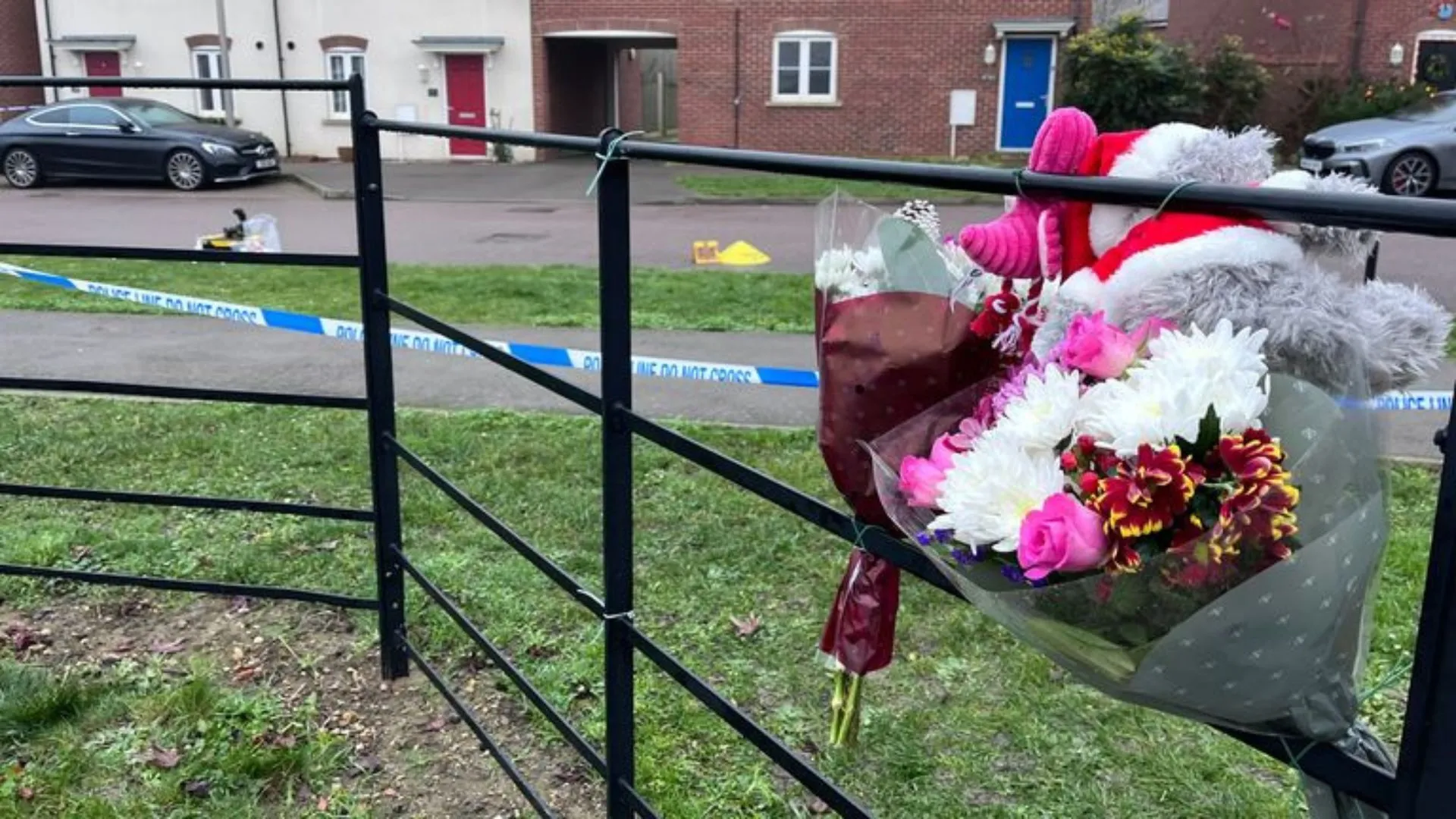In an unprecedented disregard for the prevalent peace and tranquility along the India-China Line of Actual Control (LAC), PLA troops transgressed the LAC at three locations in eastern Ladakh, forcing the Indian Army to prevent them from any ingress leading to faceoff at Galwan and Pangang Tso. Again in a first since 20 October 1975, 20 Indian soldiers made the supreme sacrifice at Galwan when implementing an agreement arrived at by top military commanders on 6 June 2020. While the actions along the LAC have been constantly commented and analysed by many experts, China in a subtle though planned manner launched an all-out information war.
Unlike the 73 day standoff at Doklam in 2017, where China had indulged in an information war through Global Times, a known China mouthpiece, this time around China exploited some well-known former soldiers turned journalists. On account of their earlier service to the nation and the prefix of rank, their credentials are above board as also they indirectly allude to contacts perceived by many as authentic and knowledgeable of the ground situation and actions in contact.
Sun Tzu in The Art of War (III.2) writes: “Hence to fight and conquer in all your battles is not supreme excellence: supreme excellence consists in breaking the enemy’s resistance without fighting”.
Following Sun Tzu, China propagates and practises the “Three Warfare Strategy” of public opinion warfare, psychological warfare, and legal warfare. It is essential for the military, sinologists, and strategists to understand the “Three Warfare Strategy” and their influence operations to be able to discern Beijing’s intentions. In the recent face-off, unlike Doklam, the Chinese media was employed to send mixed signals, some conciliatory and others threatening conflict. In a possibly first of its kind, China did not need to use its massive state-owned information war structures and resources. This task was unwittingly performed by select eager veterans who possibly fell prey to the larger designs of our adversaries, contributing in a major way to China’s “Influence Operations”.
Not to single out anyone but one particular unfounded narrative by Colonel Ajay Shukla (Retd.), a respected journalist of repute, is an indicator. He is one among a few wrote regular broadcasts giving updates on Chinese activities making it seem much larger and grave even blaming the top military commanders for inept handling which was likely to lead to their ultimate sacking. It is another matter that the Army commander is by far one of the best and most experienced soldiers as also one of the best regarded and respected military leader recognised for his gallantry and a cool head. A China expert, he has tenanted all possible appointments along the LAC and the China desk at Military Operations Directorate at Delhi with this author. The larger issue is as these insinuations come from some among those who have served the Army; it does create certain doubts not only in the minds of Indian public but also among the uniformed community and veterans. It is a given fact that the Indian soldier is among the most simple, dedicated, and trusting and hence is an easy target for psychological operations especially from our own community. Given the extensive and real-time reach of social media, such negative narratives from former soldiers do have an adverse impact on the morale of soldiers, creating avoidable dilemmas.
There is no denying the fact that in a democratic India, unlike China, the armed forces have to learn to live under media scrutiny and media glare. The victory in Kargil war is in equal measure due to the media as much as the indomitable fighting spirit of our soldiers. The government should also have provided the media with relevant briefs and press statement taking the military in confidence. The media would definitely have understood that everything can not be in public domain. Lack of official information has also contributed to media speculation and conjecture.
New-age warfare is equally a war of narratives, where fires are brought to bear not only in the kinetic domain but also in the virtual domain. Today’s world is an interconnected networked world with billions having easy and instant access to numerous apps feeding their narratives and perceptions of events to satiate the hunger for information of critical events. India should factor Information warfare in its strategy to deter China’s aggressive behaviour. Former soldiers too need to be taken on board to ensure that they do not unknowingly and inadvertently become tools of our adversaries Information war which adversely impacts the military and national security.
The writer is former DGMO and Director, CENJOWS.














